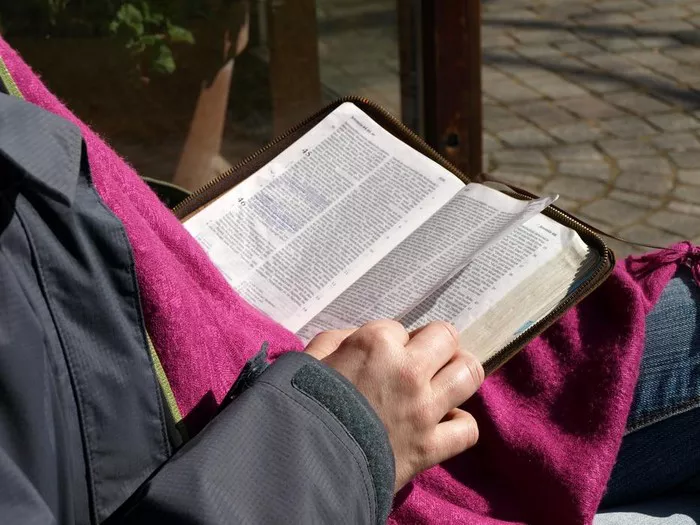In a world often shadowed by uncertainty and turmoil, seekers of solace and redemption often turn to prayer as a source of comfort and guidance. Among the many devotional practices in Christianity, the Divine Mercy Chaplet stands out as a profound and powerful means of invoking God’s mercy and grace. Rooted in the revelations received by Saint Faustina Kowalska in the early 20th century, this prayer has captivated the hearts of believers worldwide, offering a pathway to divine compassion and forgiveness. In this exploration, we delve into the essence of the Divine Mercy Chaplet, uncovering its significance, structure, and transformative potential.
The Origins: Saint Faustina’s Vision
At the heart of the Divine Mercy Chaplet lies the visionary experiences of Saint Faustina, a Polish nun canonized by the Catholic Church in 2000. In the 1930s, Jesus appeared to Sister Faustina, revealing to her the depths of His mercy and instructing her to spread this message throughout the world. Through a series of mystical encounters, Faustina received insights into the unfathomable love of God and the urgent need for humanity to turn to His mercy in repentance and trust.
The Message of Mercy
Central to the Divine Mercy revelations is the message of God’s boundless compassion for every soul. In one of her diary entries, Saint Faustina records Jesus’ words: “I desire that the whole world know My infinite mercy. I desire to grant unimaginable graces to those souls who trust in My mercy.” This message echoes the core tenets of Christianity, emphasizing the redemptive power of Christ’s sacrifice and the invitation for all to seek reconciliation with God.
The Structure: Unfolding the Chaplet
The Divine Mercy Chaplet is a structured prayer composed of specific prayers and meditations aimed at invoking God’s mercy and seeking His intercession. It is typically prayed using a set of rosary beads, although it can also be recited without them. The chaplet consists of several distinct elements, each contributing to its profound spiritual significance:
Opening Prayers: The chaplet begins with the Sign of the Cross, followed by an introductory prayer for God’s mercy on the whole world.
Recitation of the Chaplet: The core of the chaplet involves the repetition of specific prayers, including the “Our Father,” the “Hail Mary,” and the “I Believe in God.” However, its most distinctive feature is the recitation of the Divine Mercy prayers: “Eternal Father, I offer You the Body and Blood, Soul and Divinity of Your dearly beloved Son, Our Lord Jesus Christ, in atonement for our sins and those of the whole world.”
Meditation on the Passion: Interspersed with the prayers are reflections on the Passion of Christ, particularly His suffering and death on the cross. This meditation invites believers to contemplate the depths of Jesus’ sacrifice and the magnitude of His love for humanity.
Closing Prayers: The chaplet concludes with a series of closing prayers, including an invocation for mercy on the dying and a final plea for God’s mercy on the world.
The Power of Repetition: A Path to Transformation
One of the distinctive aspects of the Divine Mercy Chaplet is its repetitive nature. Through the rhythmic recitation of prayers and meditations, believers enter into a state of deep contemplation and surrender, allowing the transformative power of God’s mercy to penetrate their hearts. This repetition serves not only as a form of petition but also as a means of internalizing the message of mercy and cultivating a spirit of humility and trust.
Divine Mercy Sunday: A Special Celebration
In addition to its regular recitation throughout the year, the Divine Mercy Chaplet holds special significance on Divine Mercy Sunday, a feast instituted by Saint John Paul II in response to the revelations received by Saint Faustina. Observed on the Sunday after Easter, this solemnity celebrates the abundance of God’s mercy and invites believers to receive the sacraments of Confession and Holy Communion as channels of grace and reconciliation.
The Fruits of Devotion: Transformative Encounters
For those who embrace the practice of the Divine Mercy Chaplet with sincerity and faith, its fruits are manifold. Many believers attest to experiencing profound encounters with the mercy of God, encountering His healing touch in moments of spiritual distress and finding peace amidst life’s challenges. Through the intercession of Saint Faustina and the power of Christ’s sacrifice, hearts are softened, wounds are healed, and souls are uplifted on the wings of divine grace.
A Call to Mercy: Embracing the Mission
Beyond its individual benefits, the Divine Mercy Chaplet carries a broader call to action for believers. Inspired by Saint Faustina’s example, devotees are invited to become instruments of God’s mercy in the world, extending compassion and forgiveness to those in need. This mission of mercy encompasses acts of charity, reconciliation, and evangelization, reflecting the transformative power of divine love in the lives of others.
Conclusion
In a world marked by sin and suffering, the Divine Mercy Chaplet shines as a beacon of hope and redemption. Through its timeless prayers and meditations, believers are drawn into the embrace of God’s infinite mercy, finding solace in His boundless compassion and grace. As we journey through life’s trials and tribulations, may the words of the Divine Mercy Chaplet echo in our hearts, guiding us toward the merciful heart of Christ and the promise of eternal salvation.

